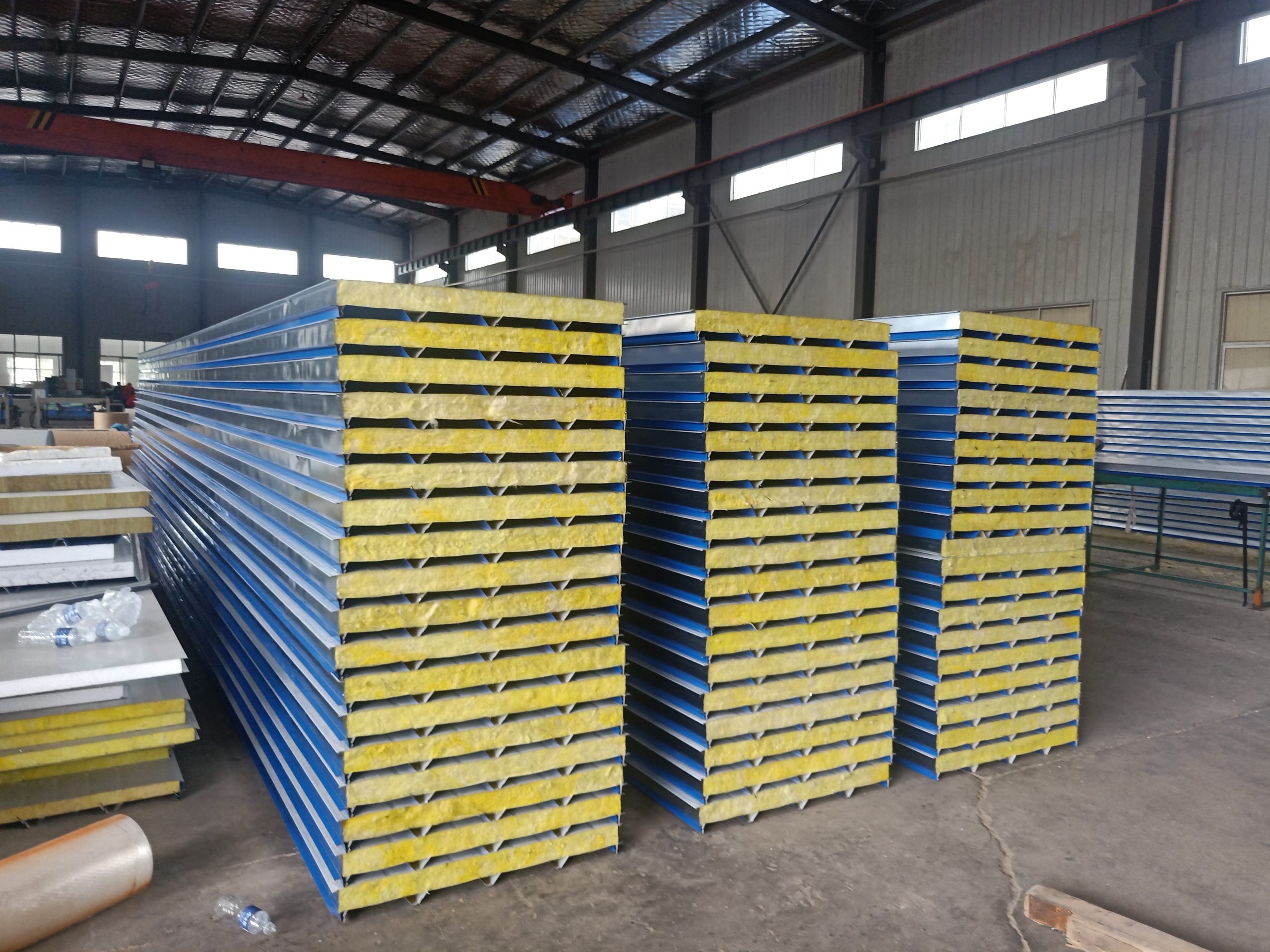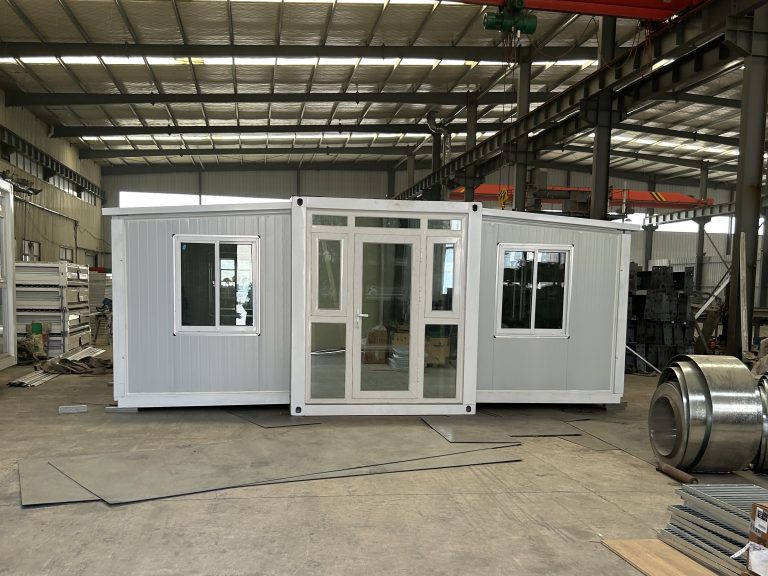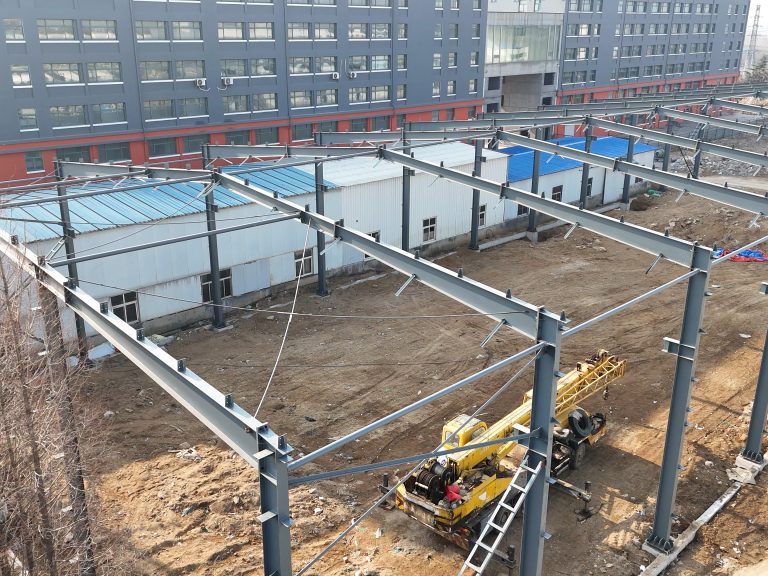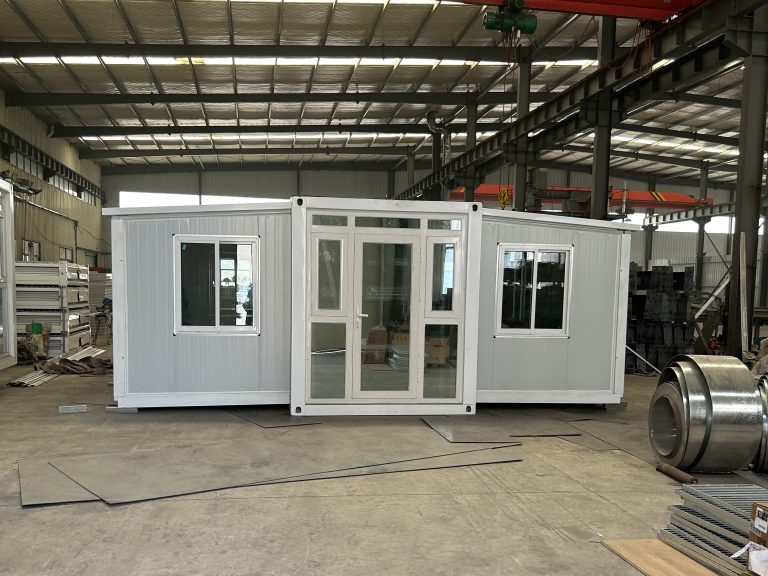Table of Contents
The Influence of Industrial Revolution on Steel Structure Architecture
Steel structure architecture is a form of architectural design that utilizes steel as the primary material for construction. This type of architecture has gained popularity over the years due to its durability, flexibility, and aesthetic appeal. The use of steel in architecture can be traced back to the Industrial Revolution, a period in history that had a profound impact on the development of steel structure architecture.
During the Industrial Revolution, advancements in technology and manufacturing processes led to the mass production of steel. This newfound abundance of steel allowed architects and engineers to experiment with new design concepts and construction techniques. The use of steel in architecture revolutionized the way buildings were constructed, leading to the development of skyscrapers, bridges, and other iconic structures that have come to define modern cityscapes.
One of the key influences of the Industrial Revolution on steel structure architecture was the shift towards a more industrial aesthetic. The use of steel allowed architects to create buildings with clean lines, large open spaces, and minimal ornamentation. This aesthetic was a departure from the more traditional styles of architecture that had dominated the landscape for centuries.
The industrial aesthetic of steel structure architecture was also a reflection of the cultural values of the time. The Industrial Revolution brought about significant social and economic changes, leading to a shift towards a more mechanized and industrialized society. The use of steel in architecture was a way for architects to express these cultural shifts and embrace the modernity of the era.
In addition to its aesthetic appeal, steel structure architecture also offered practical benefits that made it an attractive choice for architects and builders. Steel is a highly durable material that is resistant to fire, corrosion, and pests. This durability made steel an ideal choice for constructing buildings that needed to withstand the rigors of urban environments.
Furthermore, steel is a flexible material that can be molded into a variety of shapes and sizes. This flexibility allowed architects to create innovative and unique designs that were not possible with traditional building materials. The use of steel in architecture also allowed for larger spans and heights, leading to the development of skyscrapers and other tall structures that have become synonymous with modern city skylines.
The influence of the Industrial Revolution on steel structure architecture can still be seen today in the many iconic buildings and structures that dot the urban landscape. From the Eiffel Tower in Paris to the Empire State Building in New York City, steel structure architecture has left an indelible mark on the built environment.
In conclusion, the Industrial Revolution had a profound impact on the development of steel structure architecture. The advancements in technology and manufacturing processes during this period allowed architects to experiment with new design concepts and construction techniques. The use of steel in architecture revolutionized the way buildings were constructed, leading to the development of iconic structures that have come to define modern cityscapes. The industrial aesthetic of steel structure architecture was a reflection of the cultural values of the time and continues to influence architectural design to this day.
Exploring the Symbolism of Steel in Modern Architecture
Steel structure architecture has become a prominent feature in modern architectural design, with its sleek lines and industrial aesthetic making a bold statement in urban landscapes around the world. The use of steel in architecture goes beyond just its practicality as a building material; it also serves as a powerful symbol of progress, strength, and innovation.
One of the key characteristics of steel structure architecture is its ability to create open, airy spaces that are both visually striking and structurally sound. The use of steel beams and columns allows for large, uninterrupted spans, giving architects the freedom to design buildings with expansive windows and soaring ceilings. This sense of openness and lightness is a stark contrast to the heavy, solid structures of traditional masonry buildings, and it reflects the modernist ideals of transparency and simplicity.

In addition to its practical advantages, steel also carries a symbolic weight in architectural design. As a material that is both strong and flexible, steel represents resilience and adaptability, qualities that are highly valued in today’s fast-paced, ever-changing world. The use of steel in architecture can be seen as a reflection of our society’s constant drive for progress and innovation, as well as a nod to the industrial heritage that has shaped our modern cities.
Furthermore, steel structure architecture is often associated with the ideals of modernism and the Bauhaus movement, which sought to create a new aesthetic language that reflected the spirit of the industrial age. The clean lines, geometric shapes, and minimalist design of steel buildings are a direct response to the ornate, decorative styles of the past, signaling a break with tradition and a move towards a more functional, efficient form of architecture.
The cultural significance of steel structure architecture can also be seen in its association with urbanization and the rise of the modern city. Steel buildings are often found in dense, urban environments where space is at a premium, and their verticality and sleekness help to create a sense of order and efficiency in the midst of chaos. The use of steel in architecture can be seen as a reflection of our society’s increasing urbanization and the need for buildings that can accommodate large numbers of people in a limited amount of space.
In addition to its practical and cultural significance, steel structure architecture also has a strong aesthetic appeal that has captured the imagination of architects and designers around the world. The reflective surfaces of steel buildings create a dynamic interplay of light and shadow, giving them a sense of movement and energy that is both captivating and mesmerizing. The sleek, modern look of steel structures has become synonymous with sophistication and elegance, making them a popular choice for high-end residential and commercial projects.
In conclusion, steel structure architecture is more than just a building material; it is a powerful symbol of progress, strength, and innovation that has come to define the modern urban landscape. From its practical advantages to its cultural significance and aesthetic appeal, steel has become an integral part of contemporary architectural design, shaping the way we live, work, and interact with our built environment. As we continue to push the boundaries of what is possible in architecture, steel will undoubtedly remain a key player in shaping the cities of the future.






